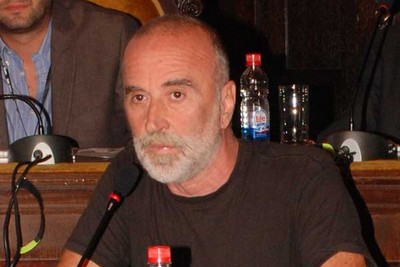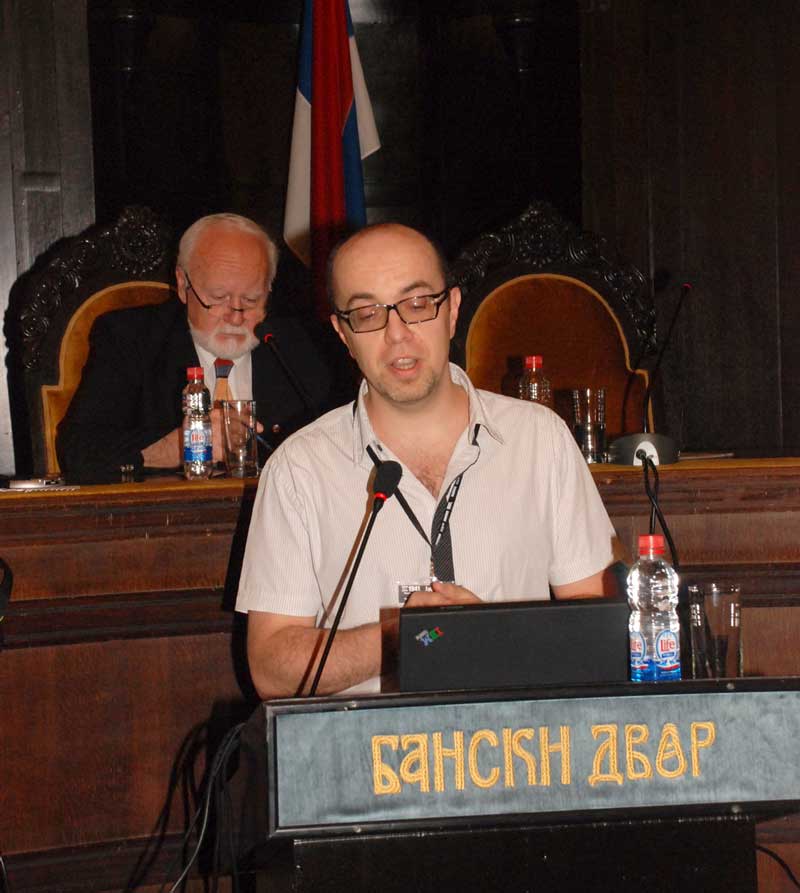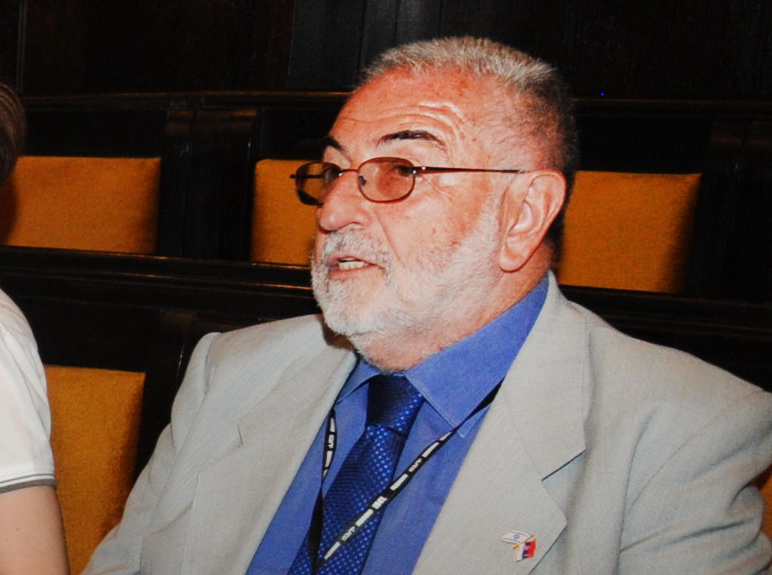Osuđeno vrijeđanje velikodostojnika
Eparhija gornjokarlovačka najoštrije je danas osudila pisanje nedeljnika “Novosti”, koji izdaje Srpsko nacionalno vijeće u Hrvatskoj, u kome je objavljen tekst pun uvreda na račun Srpske pravoslavne crkve /SPC/ i njenih velikodostojnika. U saopštenju Eparhije navodi se da je riječ o “zlonamjernom i krajnje bezobraznom tekstu Hrvatice Mire Bićanić koja je sebi uzela za pravo da vrijeđa SPC i srpski narod”. “Srpski narod na ovim prostorima je navikao i na gore, tako da njen tekst i ne bi izazvao nikakeve proteste da nije riječ o osobi koja je zaposlena u Srpskoj pravoslavnoj gimnaziji `Katarine Kantakuzin` u Zagrebu, koja u isto vrijeme piše protiv Srpske crkve kao organizacije koja podržava i















